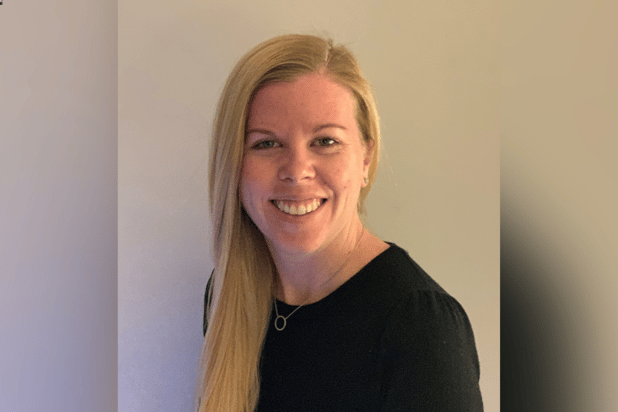

The professional liability / errors and omissions (E&O) insurance market is changing as more companies expand their professional services and take on new risks not usually associated with their operations.
Management consulting firms, law firms, and accounting firms are increasingly adding software and licensing as part of the services they offer, which opens them up to tech E&O exposures. Furthermore, with the growing importance of an online presence, especially in the pandemic era, producing content to attract traffic and enhance brand reputation has turned almost every company into a publisher, which exposes them to media E&O.
Over the last couple of years, insurers have been so focused on cyber liability that E&O got pushed somewhat to the backburner, according to Meredith Brown (pictured), SVP and Head of National Accounts E&O/Cyber and Lawyers Professional Liability at QBE North America.
“The market wasn’t really underwriting to E&O risk. Whether it was the tech, media or the miscellaneous E&O, it wasn’t being discussed as much during the underwriting process as cyber was,” she said. “Then the claims started rolling in, and of course, that’s when people’s attention turned to E&O. The market is starting to realize they skipped a beat and forgot to underwrite to an exposure that’s quite significant.”
The professional liability / E&O market saw some quite significant rate increases at the onset of 2022, as well as a reduction in carrier capacity. This was especially true for firms that have expanded their professional services, engaged in mergers and acquisitions (M&A), and/or had recent loss activity. The market has shown recent signs of stabilization in some areas, but there is still a “limited appetite” for primary professional liability/E&O risks, and according to Brown, there are “not as many viable primary markets as brokers and clients wish there were.”
“A lot of markets are pulling back on capacity. Generally, $10 million is the average [primary] limit supplied today on large account risks, versus $15 million or $20 million a few years ago,” she told Insurance Business. “We have seen a few new entrants into the market, mostly excess players who are not offering large limits. I don’t think insurers are going to be offering large chunks of capacity for a while yet.”
In this environment, it is important for agents and brokers to differentiate their clients’ risk profiles to obtain optimal coverage terms from the market. While most companies do have some coverage for tech E&O, media E&O, or miscellaneous E&O, if their exposure has grown due to the introduction of new services and/or if they have claims, then they may have to purchase increased limits or secure bespoke insurance solutions.
“We work very closely with our broker partners and our clients to ensure they have the right coverage in place – that’s really where we see our value,” said Brown, who leads QBE’s National Accounts team which services insureds with annual revenue of $500 million or more. “We like to spend a lot of time with our clients, we’ll get on the phone with them and take a deep dive into what they’re doing, and then we’ll manuscript a form to pick up their exposures to minimize the potential for gaps in coverage.
“We also introduce them to our claims team, so that they know who to contact if they have a claim down the road. That means a lot to our clients, and it makes them more comfortable about how their policy would respond in the event of a claim.”
Moving forwards, as the professional liability/E&O market continues to evolve, Brown expects there to be greater demand for specialization and underwriters who are experts in particular risks, including tech E&O, media E&O, cyber liability, and so on. She said specialization and strong collaboration with claims experts will be a market differentiator as E&O claims continue rolling in.
